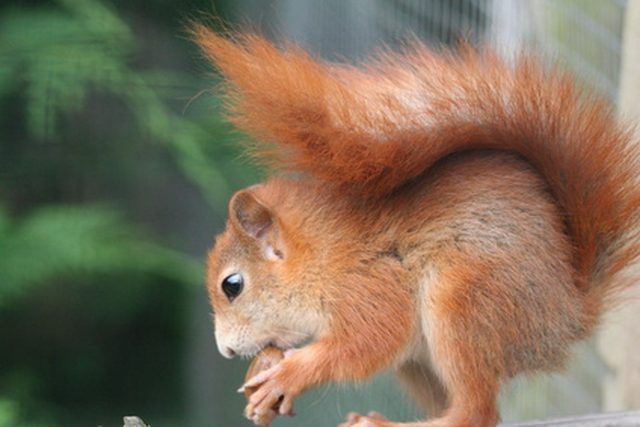Bulbs
Flower Basics
Flower Beds & Specialty Gardens
Flower Garden
Garden Furniture
Garden Gnomes
Garden Seeds
Garden Sheds
Garden Statues
Garden Tools & Supplies
Gardening Basics
Green & Organic
Groundcovers & Vines
Growing Annuals
Growing Basil
Growing Beans
Growing Berries
Growing Blueberries
Growing Cactus
Growing Corn
Growing Cotton
Growing Edibles
Growing Flowers
Growing Garlic
Growing Grapes
Growing Grass
Growing Herbs
Growing Jasmine
Growing Mint
Growing Mushrooms
Orchids
Growing Peanuts
Growing Perennials
Growing Plants
Growing Rosemary
Growing Roses
Growing Strawberries
Growing Sunflowers
Growing Thyme
Growing Tomatoes
Growing Tulips
Growing Vegetables
Herb Basics
Herb Garden
Indoor Growing
Landscaping Basics
Landscaping Patios
Landscaping Plants
Landscaping Shrubs
Landscaping Trees
Landscaping Walks & Pathways
Lawn Basics
Lawn Maintenance
Lawn Mowers
Lawn Ornaments
Lawn Planting
Lawn Tools
Outdoor Growing
Overall Landscape Planning
Pests, Weeds & Problems
Plant Basics
Rock Garden
Rose Garden
Shrubs
Soil
Specialty Gardens
Trees
Vegetable Garden
Yard Maintenance
Facts About Iowa Tree Squirrels
Facts About Iowa Tree Squirrels. Several species of squirrels live in trees in the state of Iowa, including fox, red, gray and southern flying squirrels. Except for the flying squirrels, the little animals tolerate forest fragmentation well, allowing high numbers of them to live in small territories. They survive thanks to their ability to adapt to...

Several species of squirrels live in trees in the state of Iowa, including fox, red, gray and southern flying squirrels. Except for the flying squirrels, the little animals tolerate forest fragmentation well, allowing high numbers of them to live in small territories. They survive thanks to their ability to adapt to a wide range of conditions in fields, backyards and even bird feeders.
Characteristics
The smallest squirrel, the red squirrel, sports a red coat of fur except for its underparts, which are white. Red squirrels grow up to 13 inches long. Gray squirrels grow up to 10 inches long and look brown or gray with bushy tails. The state's largest squirrel, the fox squirrel, grows up to 15 inches long with orange-tinged fur and a bushy tail. Near Council Bluffs, Iowa, there's a population of black fox squirrels. Southern flying squirrels also sport bushy tails, but they rely on a large membrane between their front and hind legs to move from tree to tree.
Habitat
Fox and gray squirrels live in forests and woodlands as well as in yards and landscapes in residential areas. Red squirrels live in forested areas in north-central and northeast Iowa. Flying squirrels also live in forests, preferring large, mature trees in older wood lots, especially hickory and oak trees.
Food
Fox and gray squirrels rely on nuts, flowers, fruit, and new buds from nut trees, including hickory, pecan, oak and walnut trees. Red squirrels eat seeds from conifers, as well as acorns, mushrooms, walnuts, hickory nuts and seeds from trees. A big pile of shredded cones and husks indicates the presence of a red squirrel. The flying squirrel eats much the same food as the other squirrels, but also eats bird eggs and nestlings as well as insects, other small mammals and carrion.
Behavior
Unlike fox, red and gray squirrels, flying squirrels rarely come out during the daytime, choosing to hunt at night. The flying squirrel does not fly, but instead glides through the air, relying on the skin between its legs to help it sail across open spaces. Red squirrels remain the most vocal of the four squirrels, using scolding chatters and whistles when people walk nearby.
Reproduction
Red, fox, and gray squirrels mate in late winter, using cavities in dead trees for nests. The red squirrel builds a ball-shaped nest in the tops of trees if enough cavities are not available. In the spring, the female gives birth to two to five hairless babies who become independent just 12 weeks later. Flying squirrels mate in early spring on the one day the female is receptive. The babies grow for about five weeks before they leave the nest and begin to eat solid food.